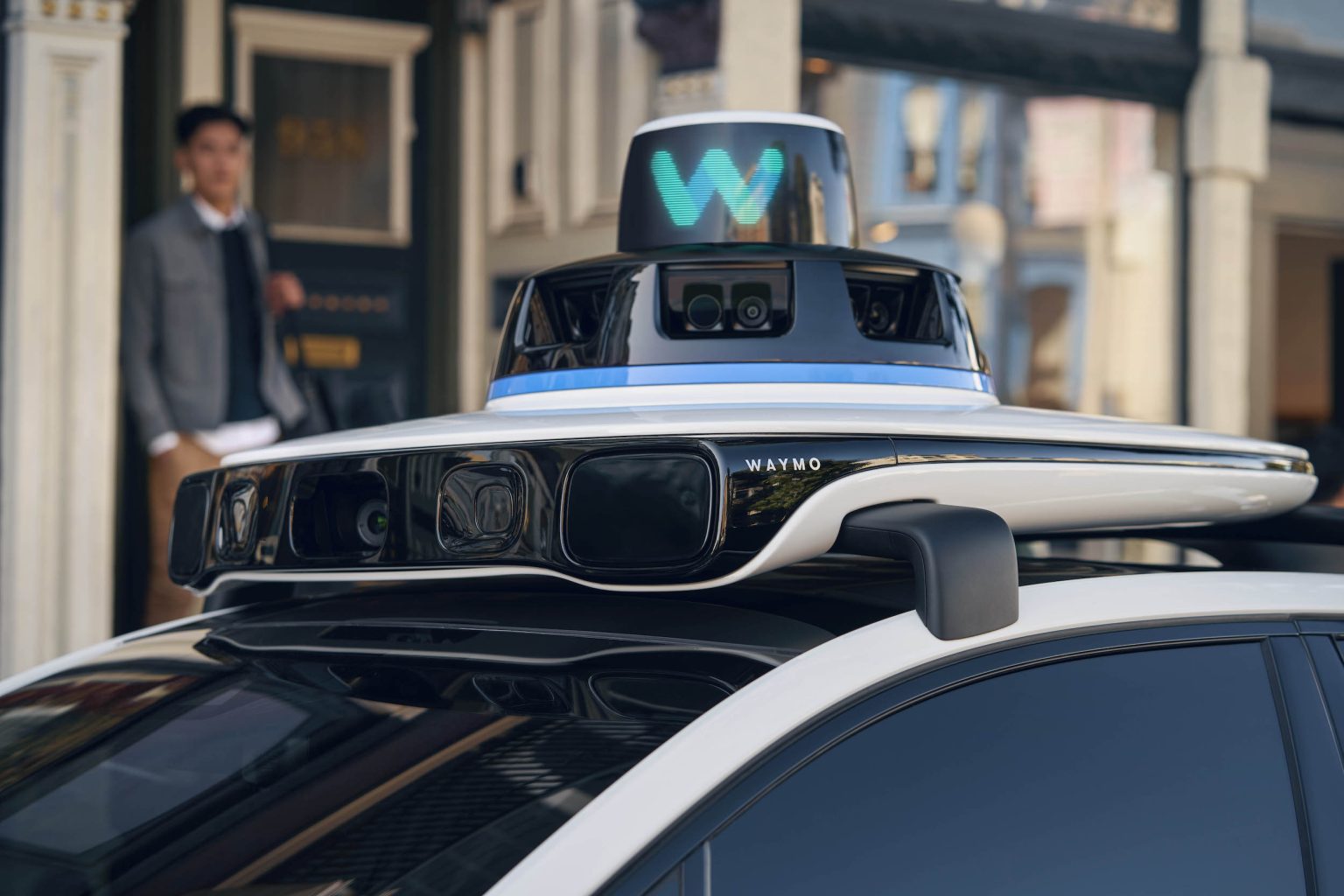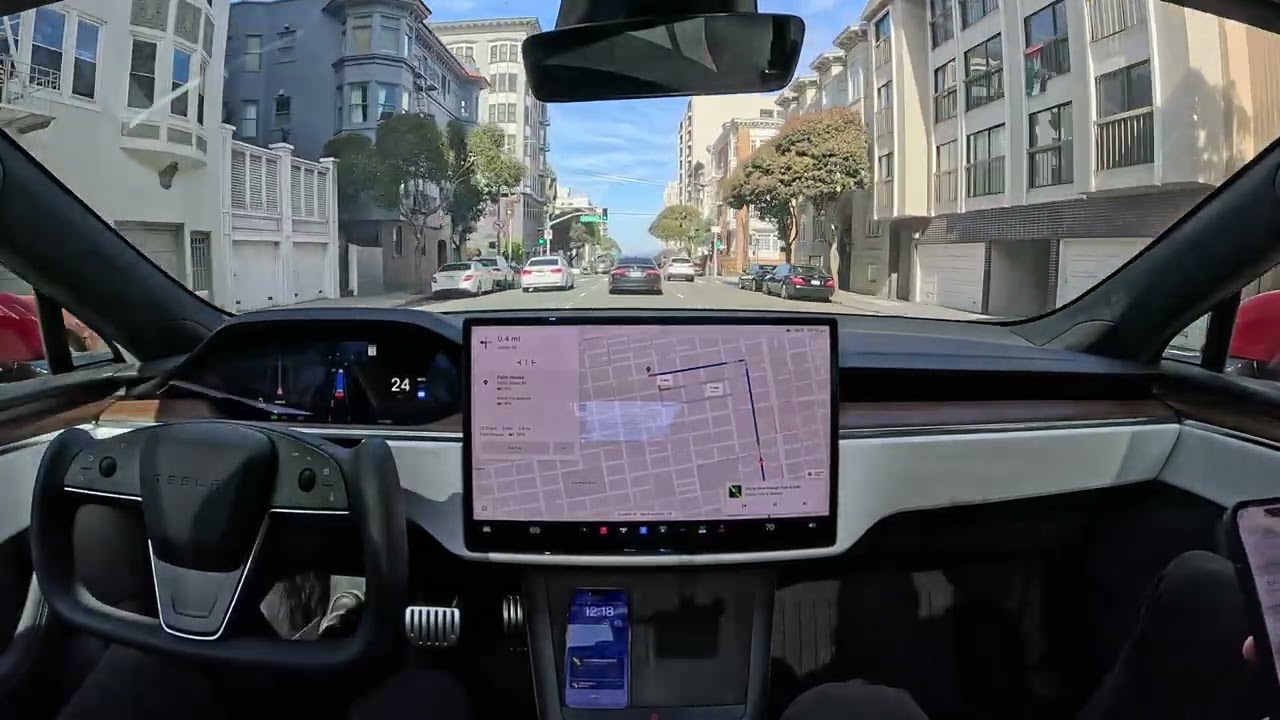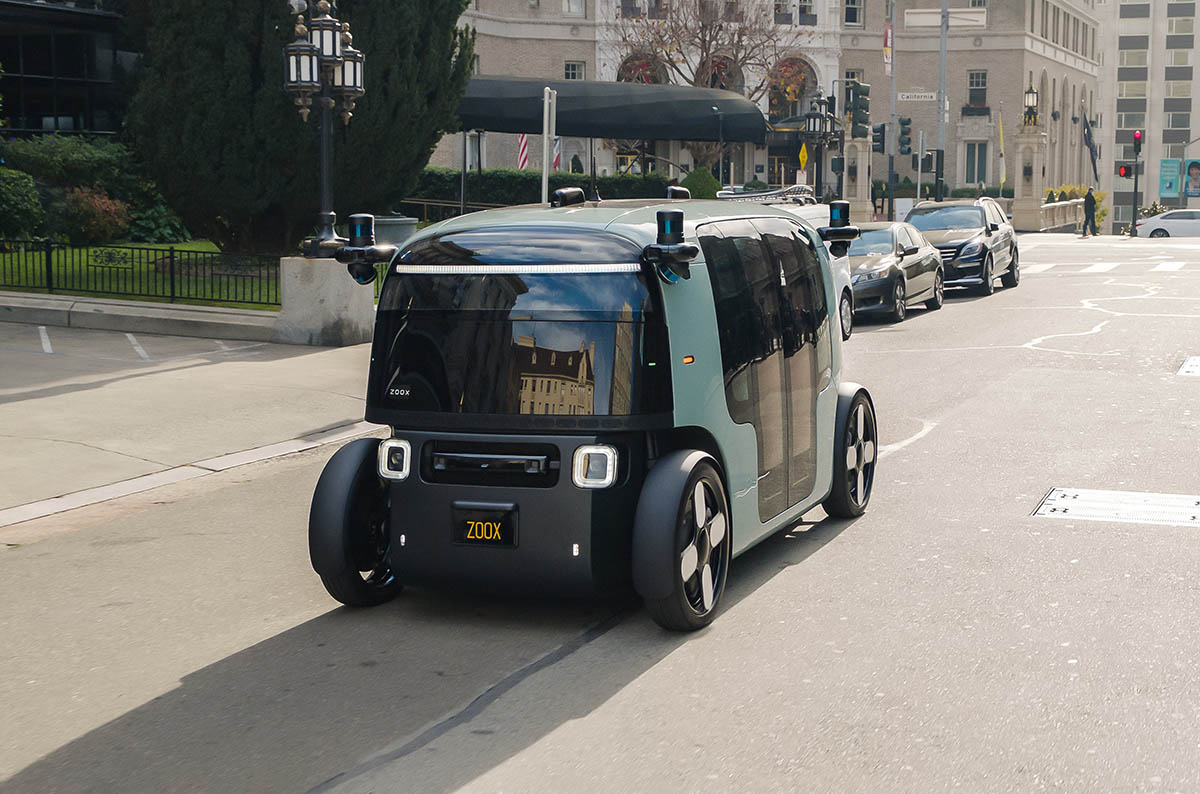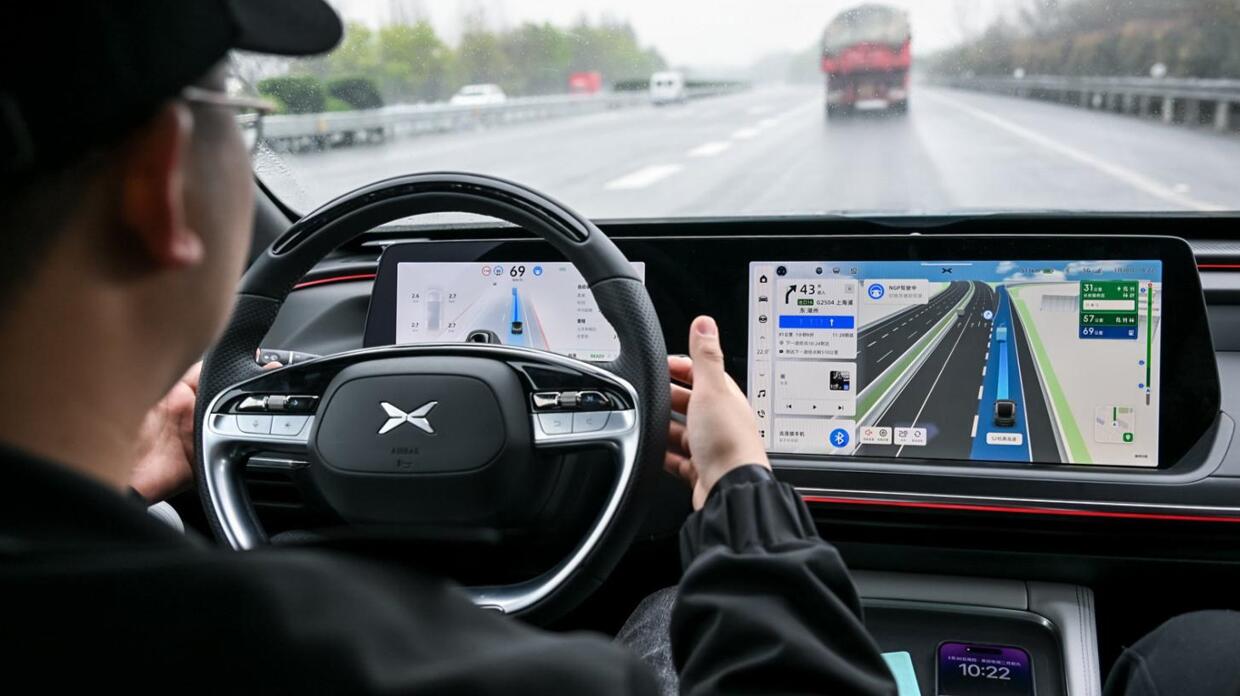The National Highway Traffic Safety Administration (NHTSA) has disclosed that it is examining nine new incidents involving Alphabet’s Waymo self-driving vehicles, adding to previous concerns about their performance. This announcement comes after the NHTSA initiated an investigation earlier this month following 22 reports of Waymo’s robotaxis displaying driving behavior that potentially violated traffic safety laws or demonstrated other “unexpected behavior,” including 17 collisions.
In a letter addressed to Waymo and released on Friday, the NHTSA highlighted several incidents that are under investigation, noting that some involved collisions with visible objects that a competent human driver would be expected to avoid. These incidents included collisions with stationary and semi-stationary objects like gates and chains, as well as with parked vehicles. Additionally, the NHTSA expressed concern that the automated driving system in Waymo vehicles appeared to disobey traffic safety control devices or rules in certain instances.
The agency has requested Waymo to respond to a series of questions about the incidents and provide video footage for all of them by June 11. Waymo has not yet commented on the latest disclosure from the NHTSA.
The NHTSA emphasized that it is worried about the potential risks posed by Waymo self-driving vehicles exhibiting unexpected driving behaviors, which could lead to crashes, property damage, and injuries, especially considering that some incidents occurred near other road users, including pedestrians.
This investigation represents the initial phase before the NHTSA could issue a recall if it determines that the vehicles pose an unreasonable safety risk. This development follows a pattern of NHTSA investigations into the performance of self-driving vehicles, including probes into General Motors Cruise and Amazon.com’s Zoox.
In February, Waymo recalled 444 self-driving vehicles following two minor collisions in Arizona. The company cited a software error that could cause automated vehicles to inaccurately predict the movement of a towed vehicle as the reason for the recall.






